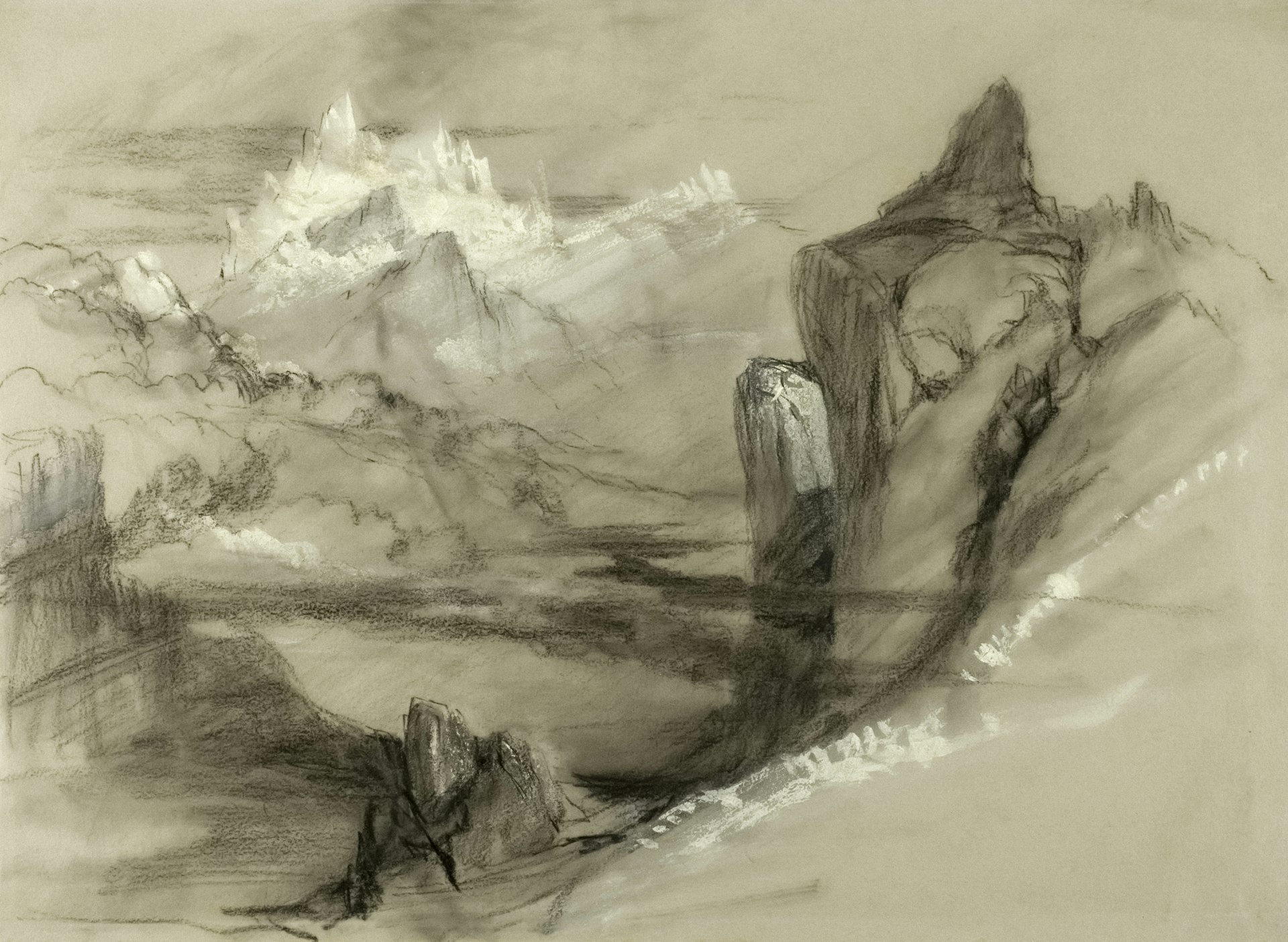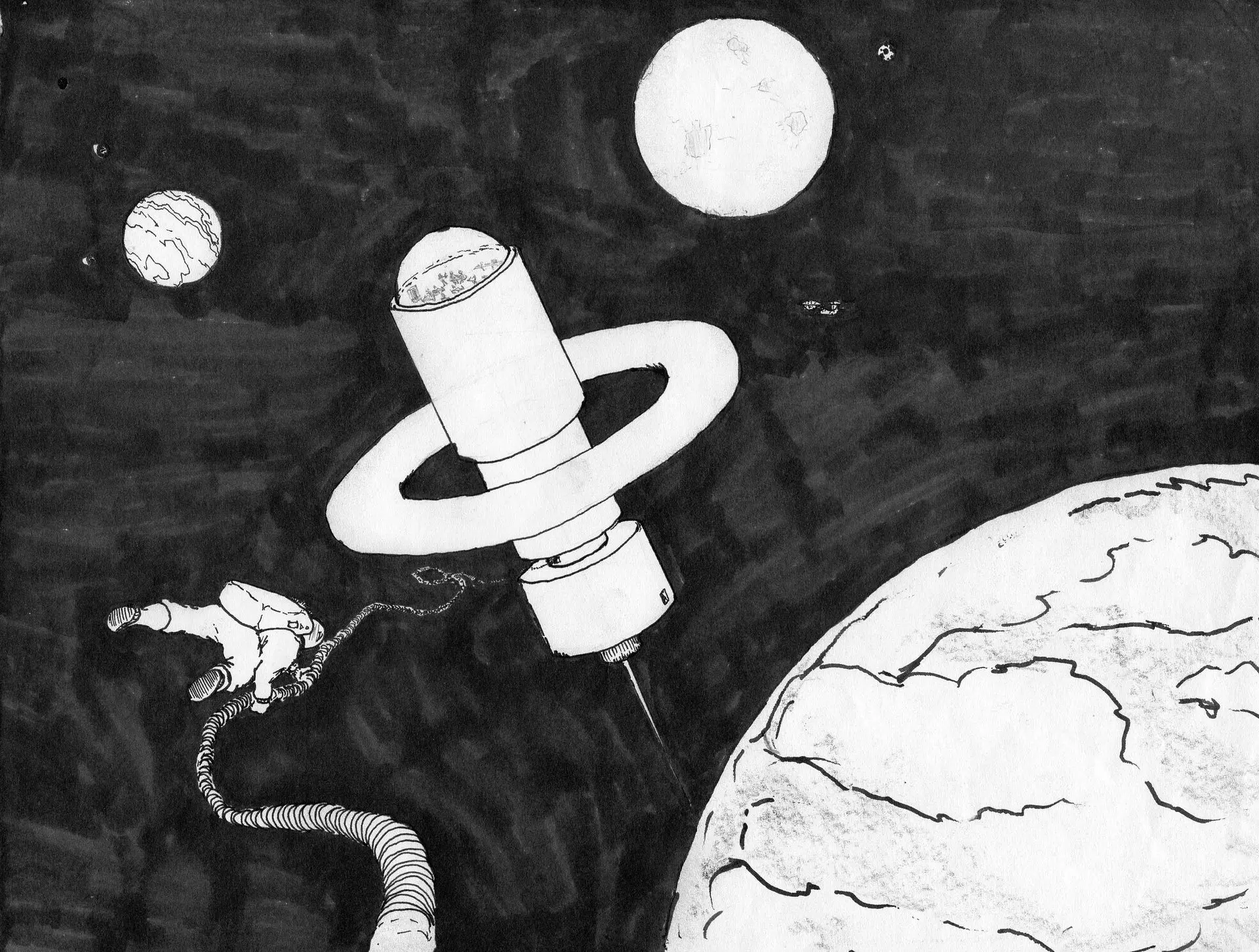Welcome back to another edition of Tuesday How-To’s, where we explore the art and heart of drawing one sketch at a time. Today, we’re diving into an essential but often overlooked principle in figure drawing: using the background to inform your foreground.
Whether you're sketching a figure in nature, placing a character in a bustling city, or illustrating a moment of quiet interior life, learning how to think with the environment in mind will take your drawings from flat to full of life.
This isn’t just about perspective or setting—it’s about storytelling, grounding, and visual conversation between your figure and the world around them.
Let’s walk through this idea using the 8 Pages of Sketchbooking, a step-by-step approach designed to grow your imagination, technique, and narrative thinking.
✏️ What Does It Mean to “Use the Background”?
Before we sketch, let’s define this idea.
Many beginner artists draw a character first and then drop a background behind them like a stage backdrop. But in real life, people are constantly interacting with their environments. They lean, sit, rest, push, pull, hide, and even become framed by the world they inhabit.
So when we say “use the background to inform your foreground,” we’re talking about allowing environmental cues—like angles, textures, light, and spatial context—to shape your character’s pose, gesture, mood, and believability.
Let’s explore how that works step by step.
Download a graphic for foreground via background
🗂️ The 8 Pages of Sketchbooking: One Scene, Layered in Stages
We’re using the scene depicted in today’s illustrative graphic: a young woman leaning against a tree. At first glance, it seems simple. But let’s peel back the layers.
🧩 Page 1: The Empty Stage
Begin with nothing but space. In this first page, imagine the environment with no character at all. Ask yourself:
- Where are we? A park? A forest? A quiet clearing?
- What’s the mood? Peaceful, mysterious, vibrant?
- What’s the focal point in the background?
Letting the background exist first gives the figure something to respond to later.

🌲 Page 2: Defining the Environment
Add basic background structure—like the ground plane and key vertical elements. In our case, it’s the tree trunk and slope of the terrain.
This establishes:
- Ground level (where the figure will plant their feet)
- Vertical alignment (which side of the tree will the figure lean on?)
- Depth (how far does the background recede?)
This sketch page is all about compositional planning. You’re choosing the stage on which the figure will perform.

🧍 Page 3: Silhouette Meets Setting
Now we drop in a simple silhouette of a human figure. No details yet—just a shape.
The pose is completely dictated by the tree:
- One leg is bent because it’s resting on the tree.
- The shoulders are tilted to reflect a lean.
- The figure’s gaze follows the open space in the background.
This page proves that you don’t need detail to establish interaction—the background is already shaping the figure’s story.

🌳 Page 4: Harmonizing the Scene
Return to the background. Add more texture—leaves, grass, distant hills. Now that the figure is roughed in, tune the environment to complement the pose:
- Add shadows under the shoes.
- Let foliage curve around the form.
- Create contrast behind the head for clarity.
Let this be a two-way conversation: the background helped shape the figure, now the figure influences how you render the environment.

🧍♂️ Page 5: Defining the Form
Refine the figure’s proportions, anatomy, and weight. Focus on:
- The way gravity pulls the hips and shoulders
- Muscle compression where the back rests on the tree
- The grounding of the feet to the slope of the terrain
You’re sculpting a person who’s truly within this space—not floating or pasted on.
🧥 Page 6: Clothing and Character
Add clothing, hairstyle, and personality. Ask:
- Does the wind blow the hair toward or away from the tree?
- Are the clothes wrinkled where the figure presses against the bark?
- What kind of shoes suit the ground surface?
This step personalizes the drawing and invites narrative questions. Why is she leaning here? Waiting? Reflecting?

💡 Page 7: Light, Shadow, and Form
Render shadows based on your background’s light source. The tree may cast partial shade. The side of the figure away from the light will be in shadow.
Good lighting:
- Grounds the figure
- Suggests time of day
- Adds mood
Use environmental light to sculpt both figure and space, tying them together.

🖼️ Page 8: Final Polish
Bring it all together with confident linework or shading. In our illustration, sepia tones soften the scene and unify figure and background.
Your drawing should now feel cohesive—like the character belongs here, rather than being superimposed. This is the reward of letting the background guide your choices.
🧠 Why This Matters (Beyond Just Drawing)
Using the background to inform the foreground has many creative benefits:
- It increases believability. Even fantasy figures look more real when rooted in their world.
- It boosts storytelling. The way a figure sits, leans, or moves in an environment suggests mood, plot, and emotion.
- It solves spatial problems. Perspective, foreshortening, and lighting become easier when you're thinking spatially from the start.
- It deepens creativity. You stop just “drawing people” and start building scenes full of life.
You’re not just making pictures—you’re crafting moments.
✨ Final Thoughts: Let the World Shape the People
Drawing characters is more than mastering anatomy—it’s about placing people in the world in a way that tells a story.
So next time you start a figure drawing, don’t ask, “What pose should they be in?” Instead ask:
- Where are they?
- What are they touching?
- What’s under their feet?
- What light hits them and from where?
Let your character listen to the space—and your sketchbook pages will come alive.
🎒 Stay curious, keep sketching, and remember: your imagination lights the way—one thoughtful page at a time.
See you next week on Tuesday How-To’s!
✍️
—Sketch Book Artists
Let me know if you’d like this turned into a downloadable blog format, or if you'd like a bonus sketch prompt to go with it!